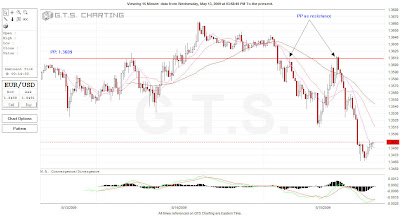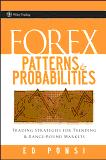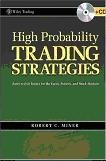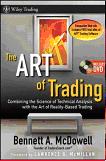Support and resistance might be the most effective technical analysis tool when dealing with fx currency trading. The invisible hand behind this effectiveness is the widely acknowledged theory of supply and demand. Support and resistance sheds light on the shift of market psychology at critical price levels.
Day trading strategies around support and resistance
If the market is uptrend, only long positions are considered, and long at key support levels. If the market is downtrend, only short positions are considered, and short at key resistance levels. If the market is in a trading range, long positions can be established at the bottom of the range, while short positions can be entered at the top of the range.
Pivot point as support and resistance
Pivot point is the average of yesterday's high, low and close. If the market price remains below the pivot point during a trading session, it's deemed bearish for the market, while the price stays above the pivot point, it's bullish for the market. If the following day's market price falls below the pivot point, it may be used as a new resistance level. Conversely, if the market price rises above the pivot point, it may act as the new support level. (definition from investopedia).
Take euro on May 15, 2009 as example. The pivot point is 1.3609. On both 15-min and hourly charts, it's clear that once the price fell below the pivot point, it became resistance. It almost worked like charm for the second rally, the quite strong up momentum met head wall right at the pivot point level.


By the way, this resistance level was also justified by point and figure charts.

Another example is the British pound on the same day.


To conclude, pivot point is a powerful tool for forex technical analysis. It gives important information about support and resistance levels. Forex trading strategies can be developed accordingly based on this information, be it trend trading, swing trading, or scalping.



































